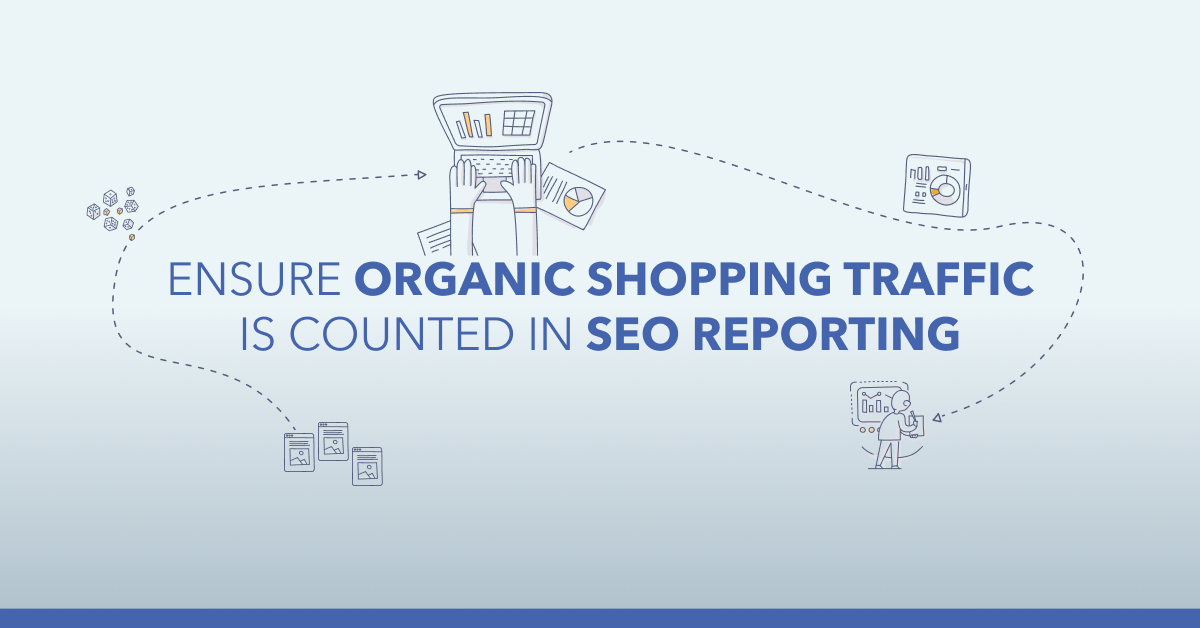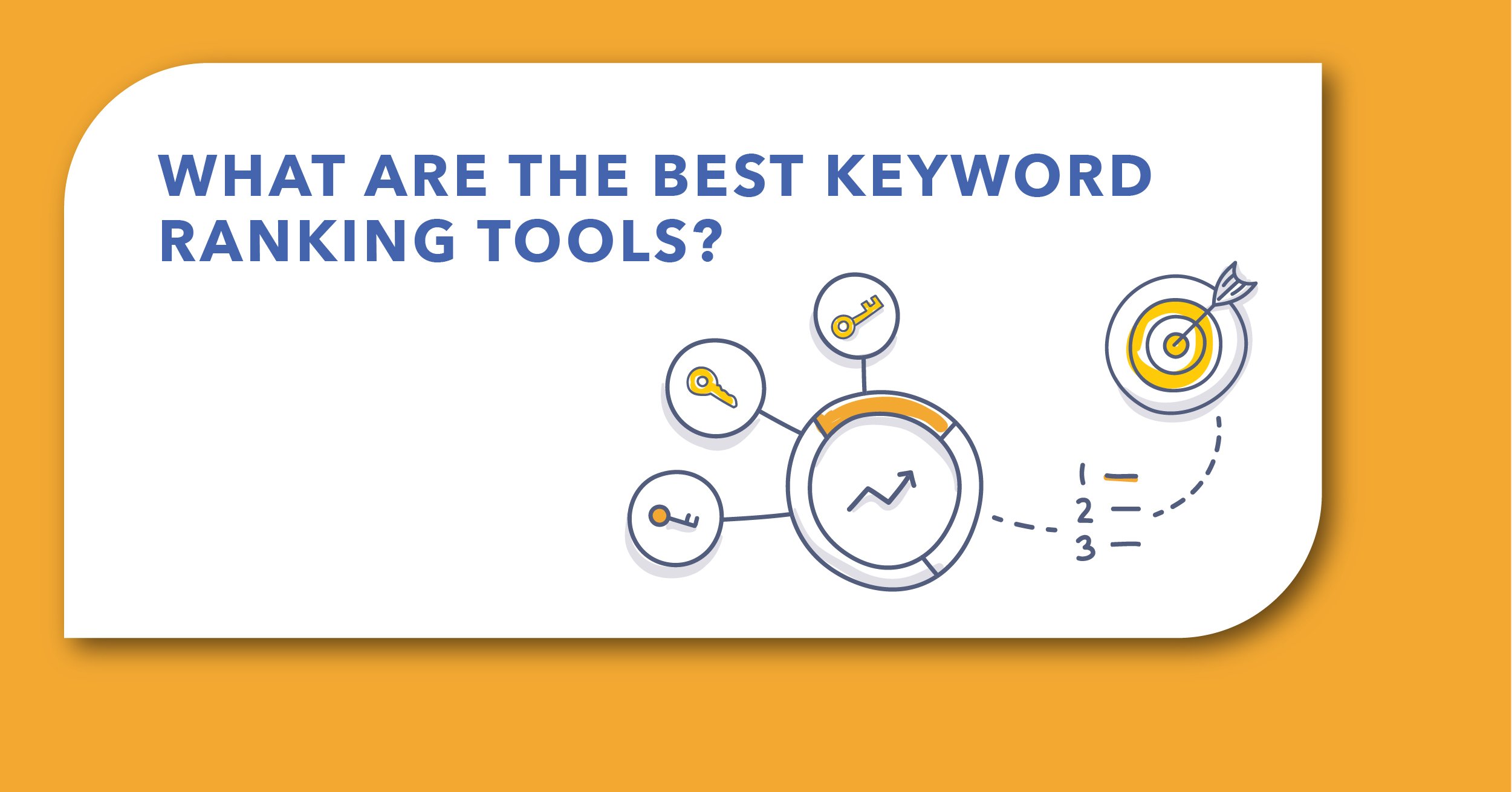When a website experiences a significant drop in traffic, stakeholders want answers—and they want them fast.
As enterprise SEO professionals, our goal isn’t just to diagnose the issue but to uncover actionable insights that drive recovery and long-term growth.
By running a structured forensic analysis, we can pinpoint exactly what’s causing the decline, determine the best course of action, and implement data-backed solutions to regain lost traffic and revenue.
This guide will walk you through a proven step-by-step process for analyzing a traffic decline using seoClarity—helping you move from problem identification to measurable recovery.
Table of Contents:
The Importance of Running a Traffic Decline Analysis
A structured forensic approach to traffic declines allows SEOs to:
- Present clear hypotheses rather than vague explanations.
- Equip executives with actionable insights instead of uncertainty.
- Develop data-driven SEO strategies that prioritize high-impact changes.
By applying the step-by-step method outlined below, SEO teams can quickly diagnose and address traffic drops—empowering them to make informed, strategic decisions.
How To Analyze a Traffic Drop in 6 Steps
Analyzing a traffic drop ultimately comes down to 6 key steps:
- Establish the scope of the decline
- Identify where the decline is coming from
- Pinpoint the affected pages and content types
- Develop a hypothesis for the decline
- Validate the hypothesis by investigating key issues
- Quantify the business impact
Let’s dive into each of these steps in detail.
Step 1: Establish the Scope of the Decline
Define the Comparison Period
Companies care about how they are performing this year compared to last year. As a result, traffic declines are measured year-over-year (YoY).
This information is super easy to obtain in seoClarity’s Search Analytics with just a couple of clicks:
- Select the desired time period you want to analyze.
- Compare it to the same days/weeks/months from the previous year.
This will show you the extent of the decline based on your most important keywords and pages which make up the vast bulk of your traffic.
Step 2: Identify Where the Decline Is Coming From
To determine where the traffic decline is coming from, we will need to segment SEO performance by location and device.
Segment by Location
SEO performance is location-specific, so the first segmentation should be by country.
Once again, you can easily complete this step using Search Analytics:
- Filter by country.
- Filter by greatest decline in clicks.
- Identify which location experienced the biggest traffic drop.
In this example, the traffic decline was most significant in India, the U.S., and the U.K.
Segment by Device
Search behavior also varies significantly across devices, so the next step is to break the data down by device type. In Search Analytics, simply switch to segmenting by device type to see how your SEO performance has been impacted across different devices.
- Compare desktop vs. mobile vs. tablet traffic YoY.
- Identify if one device type is more affected than the other.
In this example, we can see that the majority of the traffic decline occurred on desktop.
Bonus: Segment by Brand vs Non-Brand
Segmenting traffic by brand vs. non-brand queries is essential for diagnosing the root cause of a decline and determining the right course of action.
- If Brand Traffic Declined – This suggests a drop in brand awareness or fewer direct searches for your company name. Potential causes include reduced marketing efforts, reputation issues, or changes in how Google attributes branded searches.
- If Non-Brand Traffic Declined – This typically points to an SEO-related issue affecting organic visibility for generic keywords. Possible reasons include competitor improvements, Google algorithm updates, shifts in customer demand, or technical SEO problems impacting rankings.
To easily segment by brand vs non-brand traffic in Search Analytics, simply filter by search intent and select brand and non-brand to see where your traffic is being impacted the most.
In this example, we can see that non-brand traffic is being impacted significantly more than brand traffic.
By distinguishing between brand and non-brand traffic losses, you can focus on the right solutions—whether that’s optimizing SEO performance or strengthening brand marketing efforts.
Step 3: Pinpoint the Affected Pages & Content Types
First, look at traffic performance YoY at the URL level to see if the decline is concentrated to a few specific pages or widespread across your site. If it’s the latter then it's time to segment.
Segment by URL & Content Type
Instead of analyzing every page individually, group pages into logical content segments:
- Homepage
- Category pages
- Product pages
- Blog/Informational pages
In seoClarity, you can set up Content Type groupings unique to your organization and your URL pattern. For example, if you work in the real estate industry you may want Content Types like Home Listings, Rental Listings, Agent Resources, Blog, etc.
You then select which pages you want to be a part of those Content Type classifications. This allows you to easily sort large amounts of pages into an easily digestible data point.
Once these are set up, simply sort by Content Type in Search Analytics to determine which content categories have experienced the largest drop in traffic.
(Change in impressions and clicks in the Content Types view.)
Tip: Content Types are Dynamic!
Add, delete, or edit Content Types on the spot. Just find the pattern in your site’s URL format. They work retroactively, so when you create a new classification, the sorted data will be ready for your analysis instantly.
Dive Into Specific Pages' Performance
Once you've isolated the segment where the decline is worst, you can dig down to the pages that lost the most traffic and look for patterns.
Use the “Unique Page” view in Search Analytics to see the performance of individual pages over time.
(Change in traffic for specific pages.)
Sort the URLs by decrease in ranking keywords or clicks to identify which pages have been impacted the most.
Step 4: Develop a Hypothesis for the Decline
In SEO, our goal isn’t just to identify that traffic has dropped—we need to form a clear, data-backed hypothesis about why it happened. A strong hypothesis helps prioritize the most likely causes, guiding us toward targeted solutions that can recover lost traffic and drive growth.
When forming your hypothesis for why traffic declined, consider the five most common causes of organic traffic loss.
The Five Main Causes of Traffic Declines
Most traffic drops can be attributed to one (or more) of these five causes:
- Something You Changed
- Did you update your robots.txt, meta tags, or site templates?
- Were any redirects added incorrectly?
- Did internal linking structures change?
- Something Your Competitors Changed
- Are competitors ranking higher due to new content, backlinks, or technical improvements?
- Have they optimized their title tags or improved structured data?
- Changes in Customer Demand
- Is demand for your products or services lower due to market conditions?
- Has search volume dropped for key terms?
- Changes in Traffic Sources
- Has Google introduced new SERP features (e.g., Shopping, Ads, PAA) that are siphoning clicks?
- Is traffic now going to Google Shopping or other Google products instead of organic results?
- Google Algorithm Changes
- Have there been any core updates that coincide with changes in your traffic/rankings?
- Is thin or outdated content being devalued?
Bonus: look for traffic attribution changes in Google Search Console.
- Were certain traffic sources counted differently YoY?
- Did Google Business Profile or other sources start reporting traffic differently?
For example, your Google Business Profile traffic could have been previously counted as organic traffic in GSC but is now correctly categorized under Google Maps, potentially accounting for a significant perceived traffic decline.
Step 5: Validate Hypotheses by Investigating Key Issues
Once you’ve identified potential causes, it’s time to investigate further to validate your hypothesis.
Depending on your hypothesis, here are some potential steps to take:
- Compare pre- and post-update performance for technical changes.
- Analyze competitors’ performance for your key terms.
- Reference search volume data to assess shifts in demand.
- Perform manual SERP checks or use Rank Intelligence to detect SERP feature changes.
- Look at referral traffic changes in GA4 to determine if traffic is now going to Google Shopping, Google Maps, or other channels.
With your hypotheses in place, the next step is to prioritize fixes based on their potential impact and take action.
Step 6: Quantify the Business Impact
SEO professionals must communicate findings in a way that C-suite executives resonate with—which means ROI matters.
Estimate Potential Recovery Gains
- Calculate lost revenue potential
- Lost clicks × Conversion Rate × Average Order Value
- Example: 40,000 lost clicks × 0.5% CVR × $150 AOV = $30,000/month in lost revenue
- Highlight broader opportunities
- In addition to regaining lost traffic, show areas where further optimizations can result in additional gains.
Use our FREE ROI calculator to easily determine the return on investment of your SEO efforts!
Final Thoughts: Turning Data into Action
Traffic declines can be overwhelming, but with a structured, data-driven approach, you can move from uncertainty to clear, actionable insights.
By segmenting your data, identifying patterns, and testing hypotheses, you’ll be able to pinpoint the cause of the drop and take targeted steps to recover lost traffic and drive future growth.
Instead of reacting with guesswork, use this forensic SEO method to confidently diagnose issues, communicate findings to stakeholders, and implement meaningful improvements.







Comments
Currently, there are no comments. Be the first to post one!